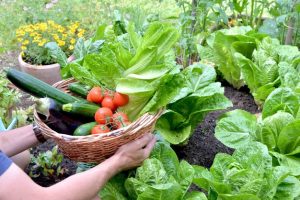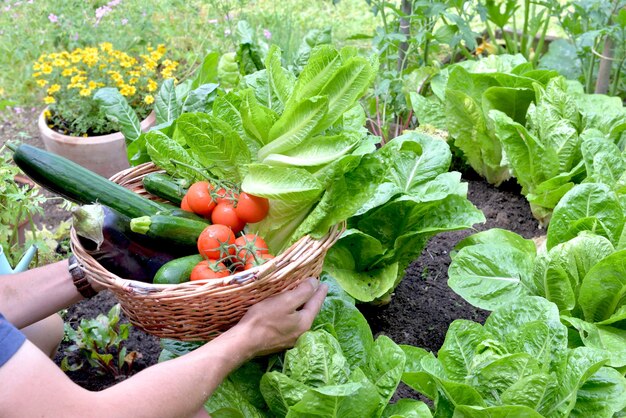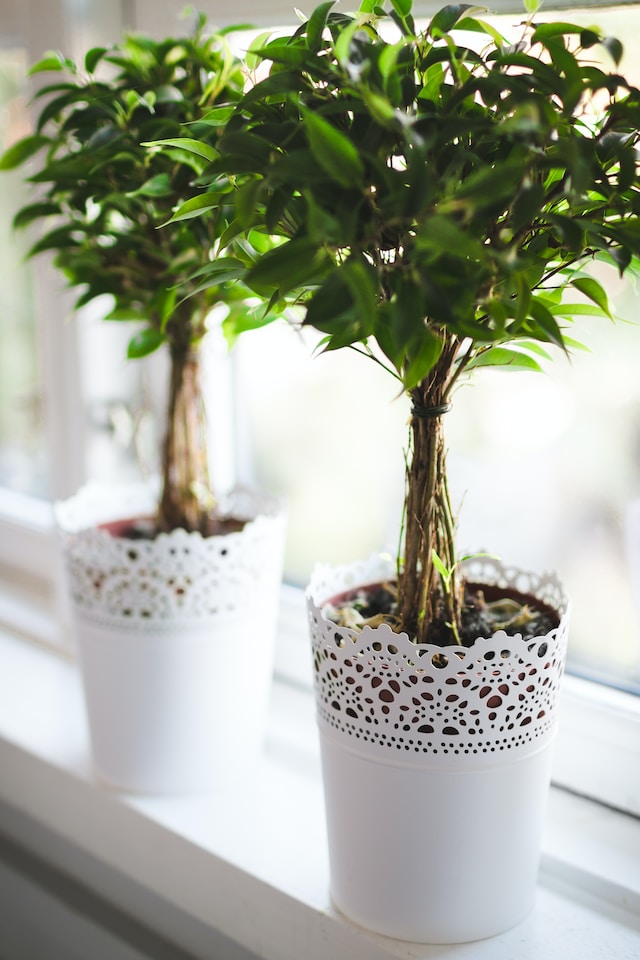The Basics of Vegetable Gardening
Before you dig your first hole, it’s crucial to grasp the basics of vegetable gardening. This involves understanding your growing zone, which determines the types of vegetables that will thrive in your climate. Research your zone and make a list of suitable vegetables to kick-start your planning process.
Choosing the Right Location and Preparing the Soil
The success of your vegetable garden hinges on selecting the perfect location. Most vegetables require ample sunlight, so opt for a spot that receives at least six hours of direct sunlight daily. Additionally, ensure proper drainage to prevent waterlogging, which can harm your plants.
Once you’ve chosen a location, it’s time to prepare the soil. Conduct a soil test to assess its composition and pH. Based on the results, amend the soil with organic matter to improve its structure and fertility. Well-draining, nutrient-rich soil sets the stage for healthy plant growth.

Selecting the Ideal Vegetables for Beginners
As a beginner, it’s wise to start with vegetables that are relatively easy to grow and maintain. Tomatoes, lettuce, carrots, and radishes are excellent options for novice gardeners. Consider the space available in your garden and choose vegetables that fit within it.
When purchasing seeds or seedlings, opt for high-quality varieties from a reputable source. Follow the instructions on the seed packets for optimal planting depth and spacing. Remember that each vegetable has its own specific requirements, so research and plan accordingly.
Nurturing Your Vegetable Garden: Watering, Care, and Maintenance
Watering is a critical aspect of vegetable gardening. Provide consistent moisture to your plants, aiming for about 1 inch of water per week. Be mindful not to overwater, as this can lead to root rot. Mulching around your plants can help retain soil moisture and reduce weed growth.
Regularly inspect your garden for pests and diseases. Early detection allows you to take swift action to prevent widespread issues. Integrated pest management techniques, such as handpicking pests or introducing beneficial insects, can help keep your garden healthy.
Pruning and staking may be necessary for certain vegetables, like tomatoes and peppers, to promote proper airflow and support heavy fruiting. Keep an eye on your plants’ growth habits and make adjustments as needed.
Harvesting the Fruits of Your Labor
The moment you’ve been eagerly awaiting has arrived – harvest time! Each vegetable has its own indicator of readiness for picking. Generally, vegetables are at their peak flavor and texture when harvested at the right time. Use gardening shears or a sharp knife to avoid damaging plants during harvest.
In conclusion,
embarking on a journey into vegetable gardening as a beginner can be immensely gratifying. By understanding the basics, selecting suitable vegetables, and providing proper care, you can set yourself up for a successful and fulfilling gardening experience. Remember, gardening is as much about learning from your successes as it is from your challenges. Enjoy the process, and before you know it, you’ll be savoring the delectable taste of homegrown produce.









